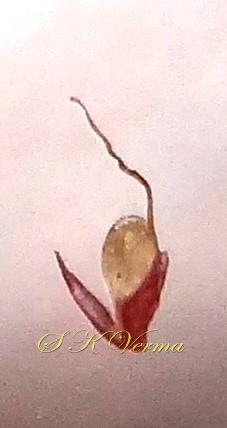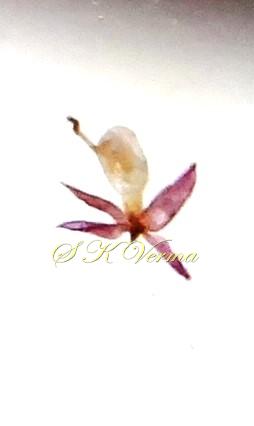Ficus virens
Ficus virens
Aiton, Hort. Kew. 3: 451. 1789; Corner, Gard. Bull. 17: 376. 1960; Corner in Dass. & Fosb., Rev. Handb. Fl. Ceylon 3: 238. fig. 7. 1981; Maheshwari, Fl. Delhi 327. 1963; Fl. China @ eFloras.org 5: 40; Fl. Pak. @ eFloras.org p. 29.
A large up to 20 m tall, deciduous tree, sometimes with few to numerous aerial roots, crown spreading, all parts glabrous, bark grey, smooth or scaly. Leaves alternate, green, but new leaves with colours of purple, red and bronze (in March to April); petiole 2.5-6 cm long, adaxially channelled, indistinctly jointed to blade; leaf blade elliptic, ovate-elliptic, ovate or ovate-oblong, 6-15(-18) cm x 3-8(-9) cm, apex acuminate to shortly acuminate, rather abruptly sometimes, margin entire to +/- wavy, base rounded, truncate (or sometimes cordate), usually 3-veined at base, (5-)7-20 secondary veins on each side of midvein, not prominently bulging, intercostals zigzag. Stipules broadly ovate-lanceolate, 1-1.5 cm long, acute, puberulent. Hypanthodia axillary on leafy branchlets, paired or solitary or in clusters on leafless older branches, green when young and purple red when ripe, globose, 7-13 mm in diameter, sessile or pedunculate, peduncle 5 mm or more; hypanthodia subtended by 3, broadly ovate-round, glabrous or puberulous basal bracts, apical orifice with 3 minute bracts; internal interfloral bristles copious, chaff-vesicular, white. Male Flowers: Few, ostiolar in 2-3 whorls, sessile. Calyx lobes 4 or 5, lanceolate. Stamen 1; anther broadly ovoid, filament short and broad. Female Flowers: Pedicellate. Calyx lobes 3 or 4. Style lateral, longer than ovary. Gall Flowers: Similar to female flowers; style shorter than ovary. Figs globose, 13-15 mm in diameter, purple red, ultimately black.
Common Names: White Fig; Pilkhan, Pakhad, Pakad, Parakh, Pakri (Hindi)
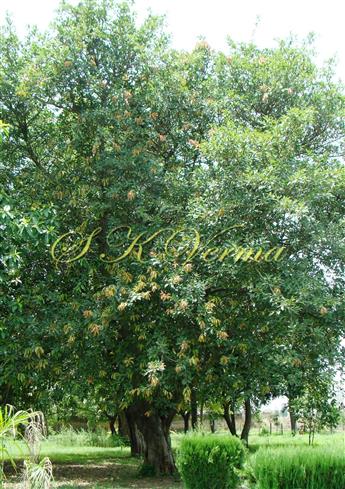
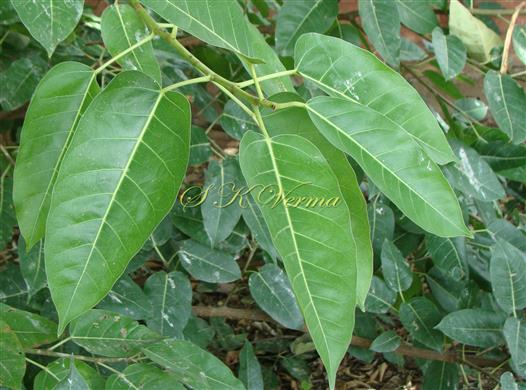
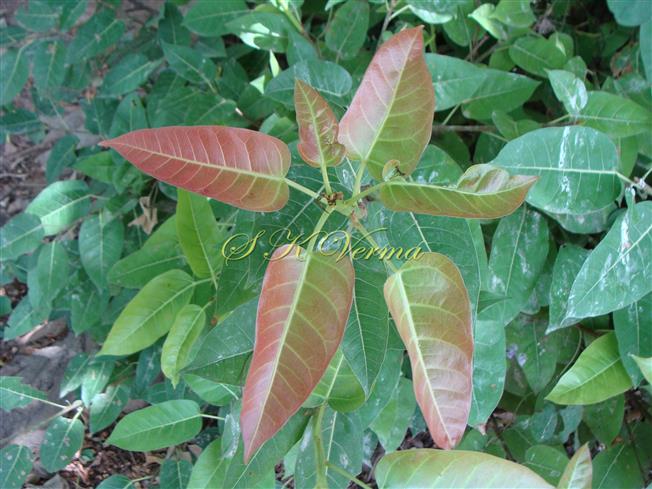
-DSC06168.jpg)
-0162.jpg)
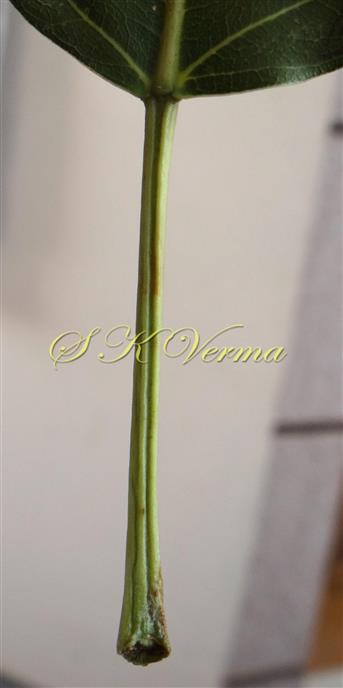
-DSC06173.jpg)


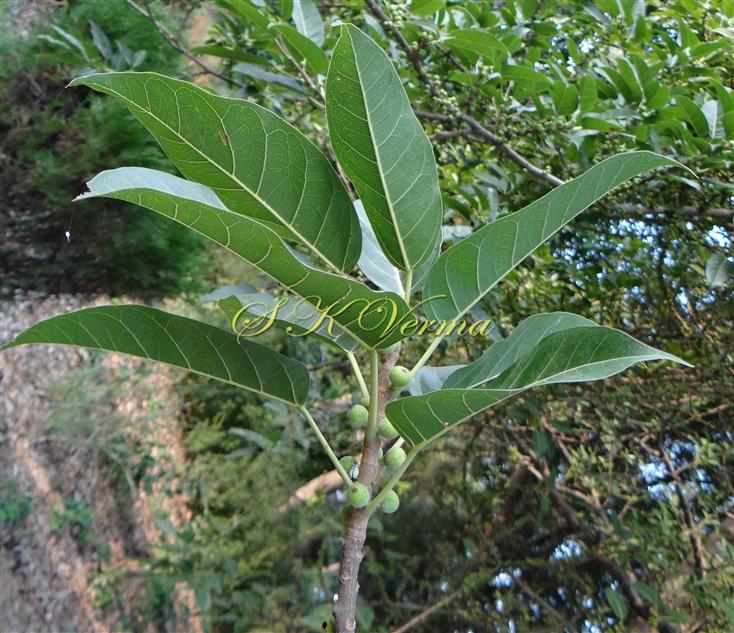
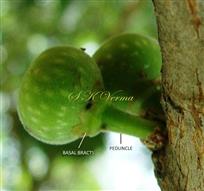

 and Male flowers (Lower row)-DSC06992B.jpg)








-DSC06168.jpg)
-0162.jpg)

-DSC06173.jpg)
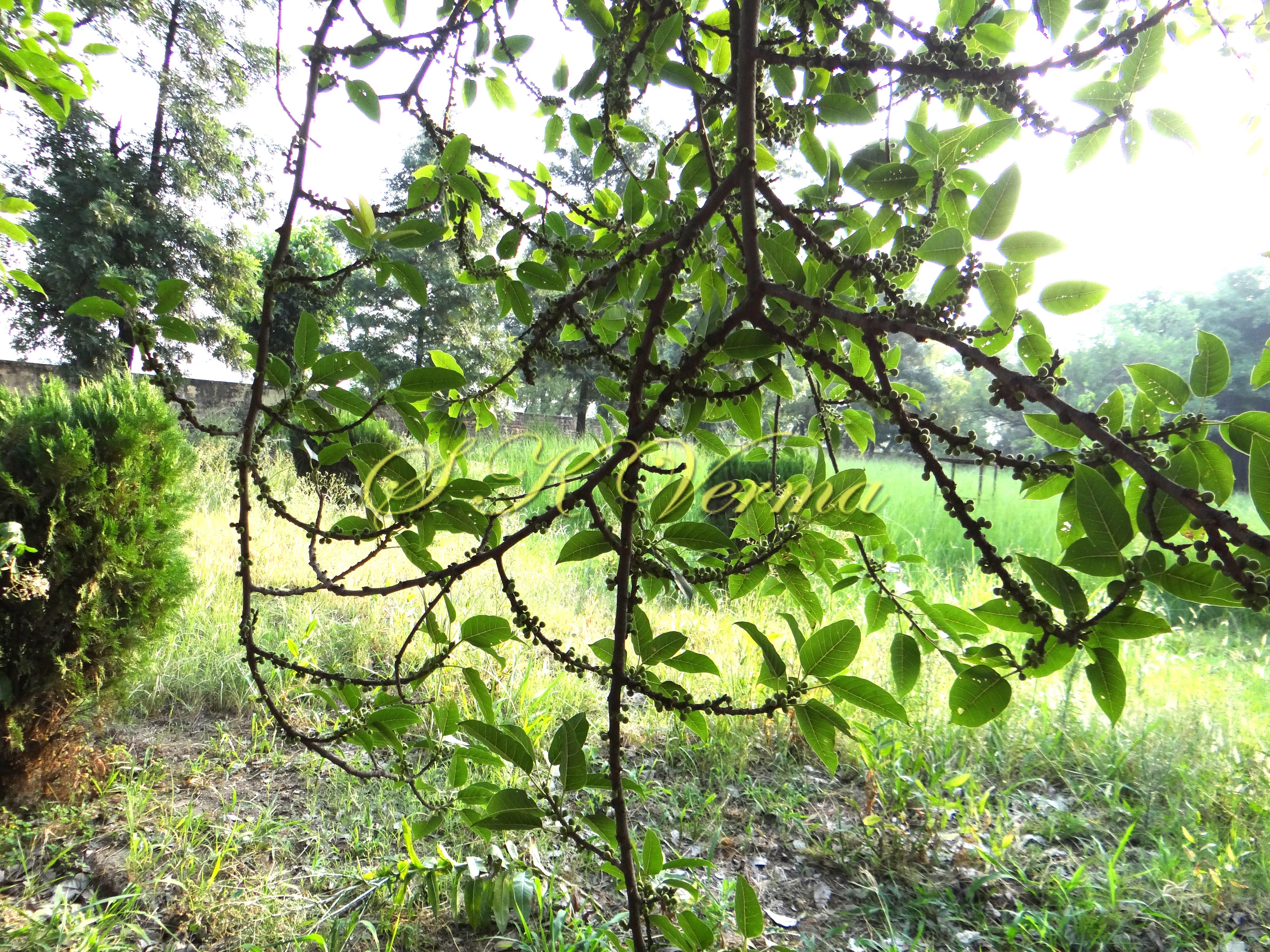



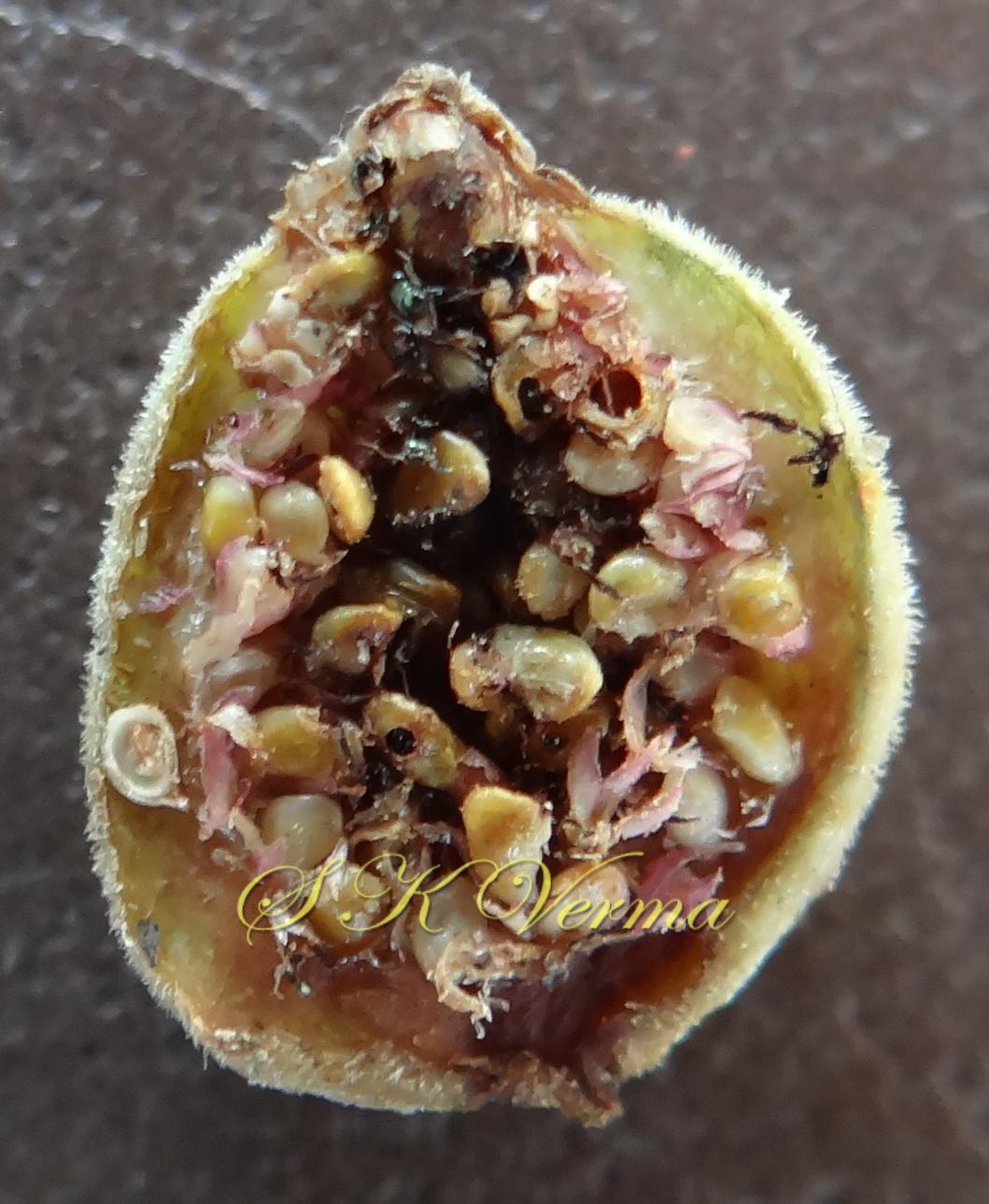
 and Male flowers (Lower row)-DSC06992B.jpg)


